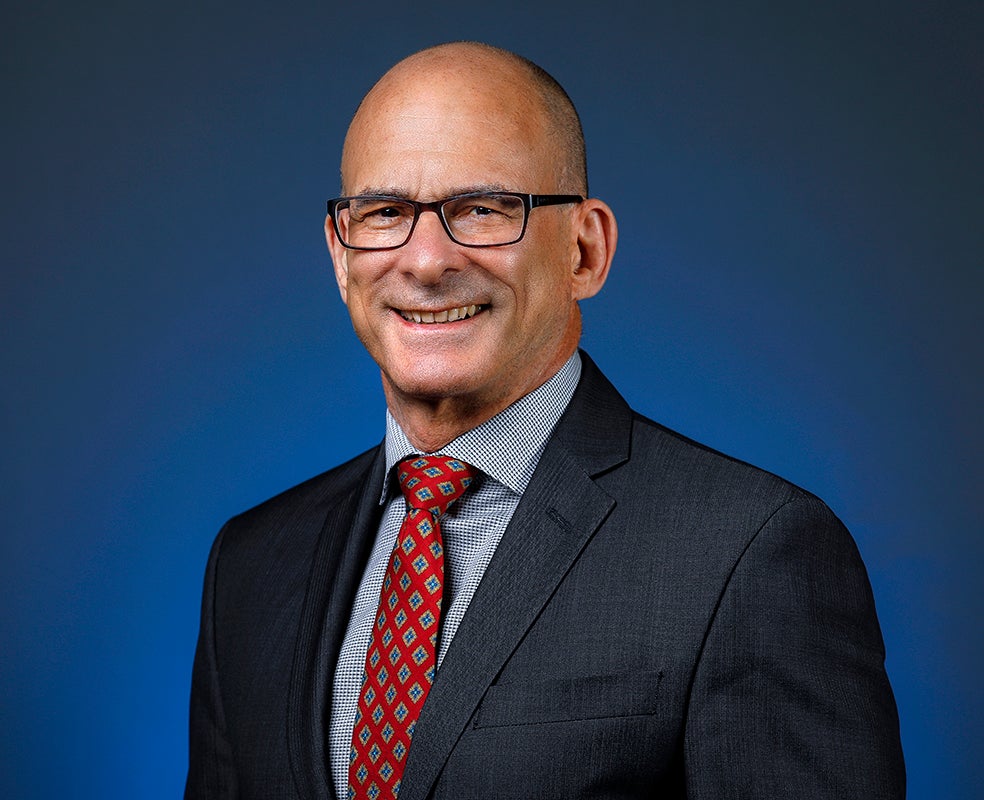Professor Brezinsky awarded $1.2 million Air Force Office of Scientific Research grant

What happens at the exact moment a liquid transitions into a gaseous state? That is what mechanical and industrial engineering Professor Kenneth Brezinsky wants to know.
Brezinsky, who is the director of the High-Pressure Shock Tube Lab at UIC, is collaborating with UIC associate professors Patrick Lynch and Subramanian Sankaranarayanan, both of MIE, on a $1,226,945 grant from the Air Force Office of Scientific Research for the project “Elucidating the near-critical fluid behavior and properties of multicomponent mixtures using molecular dynamics simulations.”
Fluids are usually in a liquid state, or they might be in a gaseous state, and when the temperature is raised and the pressure increases, there is a certain time called the critical point where the distinction between the liquid phase and the gas phase disappears.
“We’re interested in the behavior of these fluids as you get close to that point where the difference between a liquid and a gas disappears,” Brezinsky said. “And the reason we’re interested in that is because the property of the fluid becomes somewhat different than it would be in the pure liquid or the pure gas phase.”
An added dimension of this proposed work is that the fluid the researchers will be studying will not be a pure fluid, but instead will be a mixture of two or three fluids.
“We are primarily approaching this using a calculation technique called molecular dynamics – which is the area of expertise of Professor Sankaranarayanan – and we’re going to supplement that with some experimental work where we build an instrument to measure the properties of the liquid and the gas when they’re in equilibrium with each other and also use some experimental capabilities at Argonne National Lab to examine very close to the critical point.”
Brezinsky also will be adding some conventional thermodynamics analyses like equations of state.
“The work we’re doing is connected to general combustion work we’ve been involved in with the Air Force, but it will add a new level of understanding,” he said. “It should affect how other people in the Air Force can model these combustion processes.”
The $1.2 million Air Force grant shows that the Air Force is confident in the researchers’ ability to perform this work, which is at the forefront of research in these kinds of fluids.
“It’s a large vote of confidence in us,” Brezinsky said. “It also indicates a commitment on the part of the Air Force in supporting a Hispanic Serving Institution and providing resources to improve the educational opportunities at UIC because we take on graduate students and postdocs.”